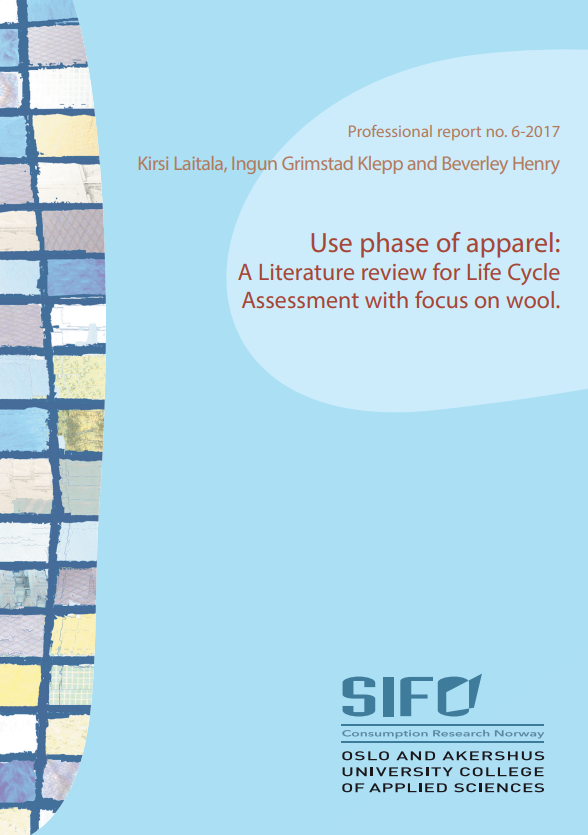Motivations for and against second-hand clothing acquisition
Kirsi Laitala and Ingun Grimstad Klepp
Abstract
One of the possibilities consumers have for more sustainable clothing acquisition is to select pre-owned products. This article explores consumers’ motivations for clothing reuse: why they choose or do not choose to acquire second-hand clothing. First, a taxonomy of motivation categories based on previous studies is presented. This demonstrates that similar properties can be used as arguments both for and against acquisition of second-hand clothing. An analysis of a representative sample of Norwegian consumers shows that both environmental and economic reasons are important for those who take part in informal clothing circulation. Uniqueness and style are more important for those who buy second-hand clothing.
Those who do not take part in any of the forms of acquisition of used clothing, use vague and open justifications, as well as contextual aspects; hygiene, health and intimacy. Previous studies have mostly been based on how clothing is reused as part of a market exchange, and therefore the motives have been embedded with a rational choice understanding of consumption. Studies of the private exchange of clothing should also address additional reasons such as routinized practices and established rituals, family ties, feelings, friendship and love. The article concludes with an invitation for further research to explore several possible motivations that are more relevant for private circulation of clothes.
